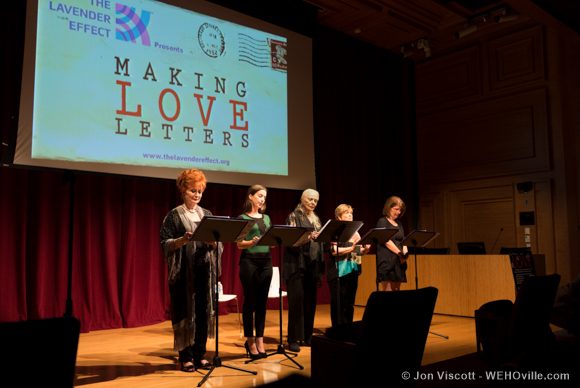
In the 31 years since the release of “Making Love,” the first major Hollywood film offering positive portrayals of gay characters, screenwriter Barry Sandler has received thousands of fan letters thanking him for his script. Fans have called it “honest,” “courageous” and “landmark.”
“You have given me the ability to accept myself as a gay man,” reads one letter about the film starring Harry Hamlin, Michael Ontkean and Kate Jackson.
“My heart was torn away by the movie,” reads another.
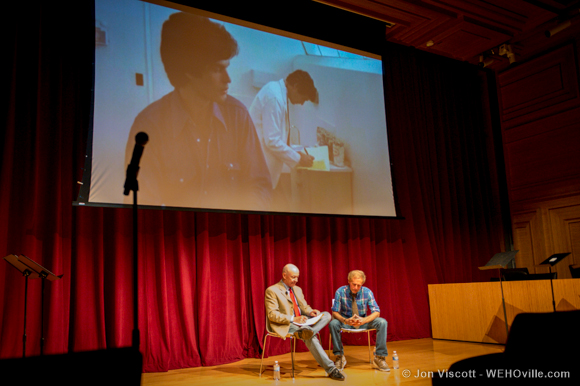
On Wednesday night, Sandler shared excerpts from the fan letters in a program titled “Making Love Letters,” which was put on by West Hollywood as part of Pride month and raised money for the Lavender Effect, a non-profit seeking to create an LGBTQ museum and cultural center in West Hollywood. Five actresses took the stage at the West Hollywood City Council chamber to perform a staged reading of the excerpts.
Much of the movie was shot in West Hollywood, including Mother Lode bar, the now defunct Spike bar, in front of what is now Basix restaurant and in “Vaseline Alley,” which was a cruising area behind the Gold Coast bar.
An audience of approximately 70 people laughed, cried and applauded. One letter writer said he’d seen the film four times despite having a 200-mile round trip to get to the nearest movie theater. Another said he’d led the closeted double life of the main character but the movie gave him the courage to come out. Another man sent detailed suggestions for a sequel, but emphasized it must have a “happy ending.”
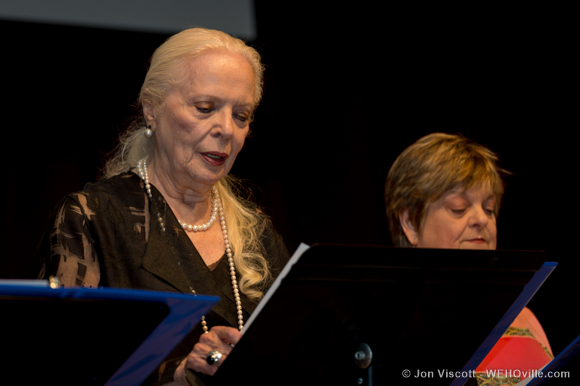
Prior to the 1982 release of “Making Love,” gays in movies were routinely treated as buffoons, subservients or objects of scorn and ridicule. Gay characters were usually dead by the end of the film, often via suicide.
“It’s profoundly moving and gratifying to know how the movie affected people,” said Sandler, who last year donated the fan letters to the ONE National Gay and Lesbian Archive, the world’s largest LGBT research library, located on the University of Southern California campus. “I’ve kept these letters with me everytime I’ve moved. I never imaged anyone else would think they were valuable.”
Sandler told the audience that Sherry Lansing, the first female head of 20th Century Fox, pushed the film through to completion, fearing a new studio owner might shut it down if he found out it was a gay-themed movie.
“It took a straight woman to get this movie made,” said Sandler, who now teaches screenwriting at the University of Central Florida. “The gay executives were too scared of it.”
The lead role was offered to many A-list actors at the time, including Harrison Ford and Richard Gere. Only Michael Douglas was interested, but his handlers wouldn’t let him do it.
“They told him kissing a man on screen would ruin his career,” said Sandler, who pointed out that Douglas recently portrayed the flamboyantly gay Liberace in the HBO movie “Behind the Candelabra,” sharing graphic sex scenes with Matt Damon. “Times have changed.”
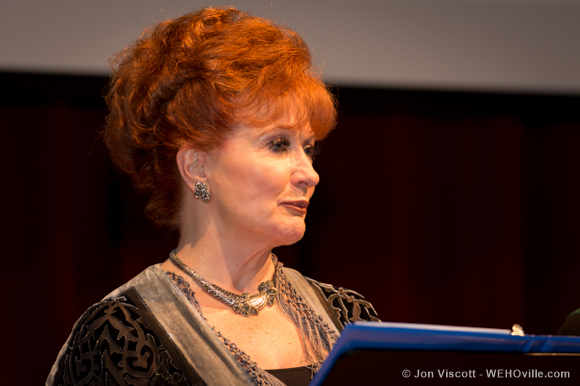
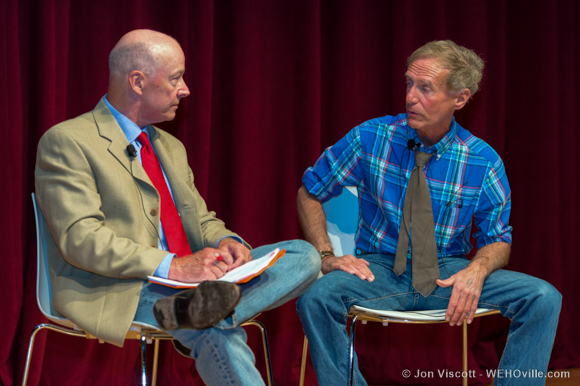

I was out on the boulevard one night when a scene from this film was being shot. I saw a camera crew following the two leads, Hamlin and Ontkean walking down SMB.